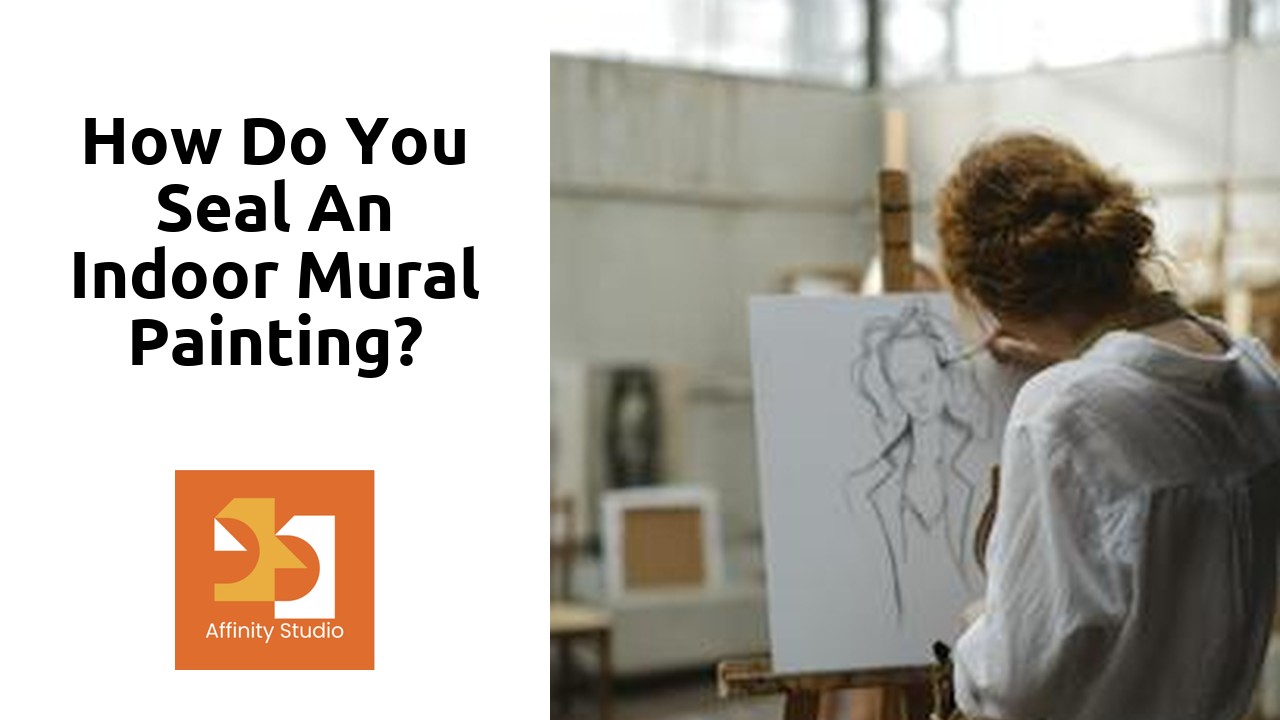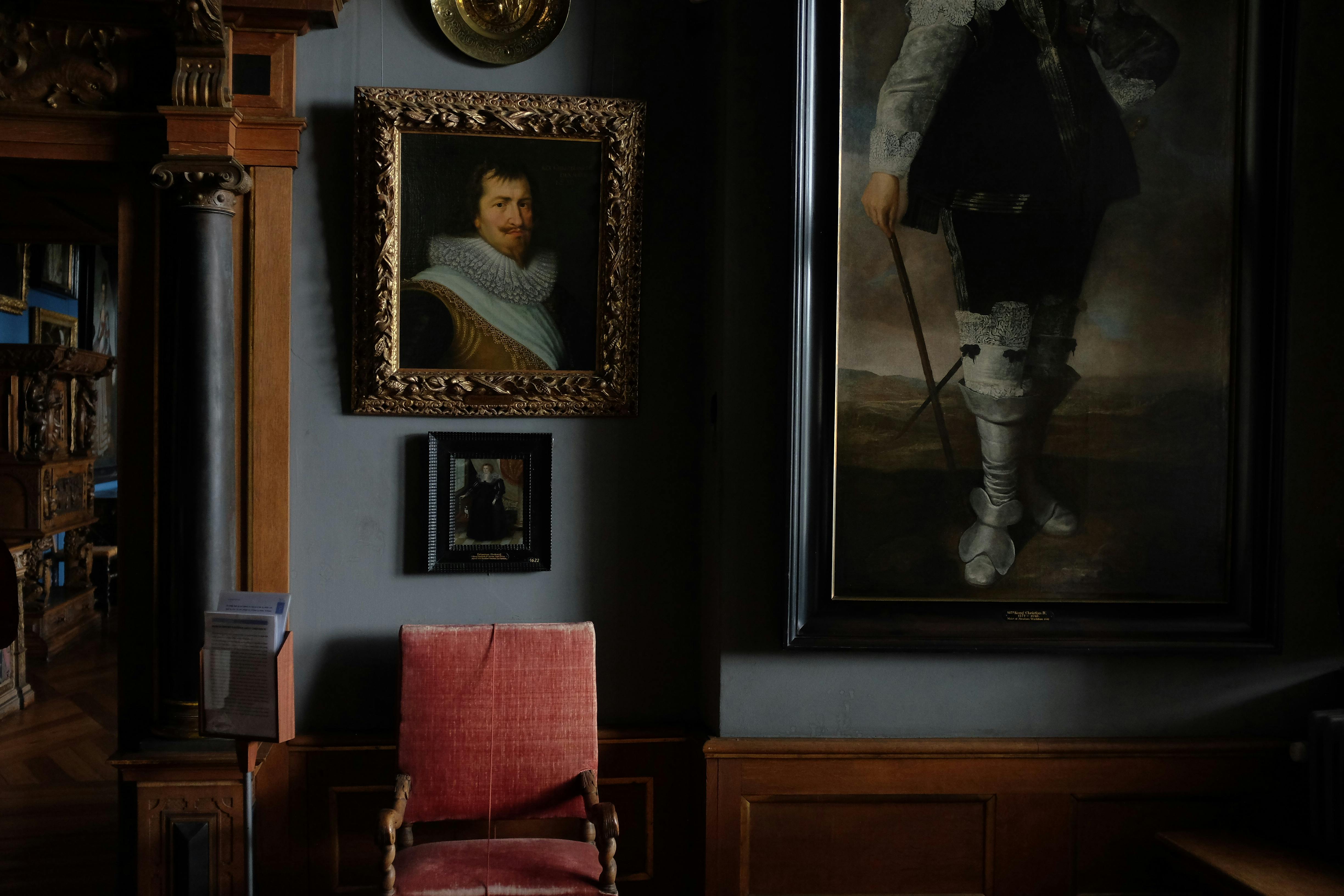Table Of Contents
Preserving the Beauty: The Importance of Sealing Indoor Mural Paintings
Preserving the beauty of indoor mural paintings is of utmost importance in ensuring their longevity and durability. Sealing the artwork not only enhances its aesthetic appeal but also protects it from the harsh effects of environmental factors such as dust, moisture, and sunlight.
Without proper sealing, indoor murals are prone to fading, yellowing, cracking, and deteriorating over time. This can greatly diminish the overall visual impact and quality of the artwork. By applying a protective seal, artists and art enthusiasts can safeguard the mural, allowing it to endure for years to come. Sealing also creates a barrier that prevents dirt and stains from adhering to the surface, making maintenance and cleaning much easier. Ultimately, sealing indoor mural paintings is a proactive step towards preserving their beauty and ensuring they remain a captivating focal point in any space.
Navigate to this website to learn more.
Unleashing the Longevity: Exploring the Benefits of Sealing Your Indoor Mural Painting
Sealing your indoor mural painting can provide numerous benefits that contribute to its longevity and preservation. One of the key advantages of sealing is the protection it offers against moisture and humidity. By creating a barrier on the surface of the painting, sealing prevents water from seeping into the mural and causing damage. This is particularly important for indoor murals that may be exposed to humidity from sources such as steam, cooking, or bathrooms. By sealing the painting, you can effectively safeguard it against the detrimental effects of moisture, ensuring that it remains intact and beautiful for years to come.
In addition to moisture protection, sealing also helps to prevent fading and discoloration of the mural. Over time, exposure to sunlight and other environmental factors can cause the colors in the painting to fade or change. Sealing creates a protective layer that shields the pigments from direct exposure to light, helping to maintain their vibrancy and ensuring that the mural retains its original visual impact. This is particularly crucial for indoor murals that may be located near windows or areas with high levels of natural light. By sealing the painting, you can effectively enhance its durability and preserve its original colors for an extended period.
The Art of Protection: Understanding the Techniques to Safeguard Indoor Mural Paintings
Sealing an indoor mural painting is a crucial step in preserving its beauty and protecting it from damage. There are various techniques that can be employed to safeguard mural paintings and extend their longevity. One commonly used method is the application of a clear, protective coating over the surface of the painting.
The type of sealant used depends on the materials used in the mural painting and the desired level of protection. For paintings done with acrylic paints, a varnish can be applied to create a protective barrier against moisture, dust, and UV rays. This helps prevent fading and discoloration over time. For oil-based paintings, a protective oil-based varnish can be used instead. It is important to apply the sealant evenly and in thin layers, allowing each layer to dry completely before applying the next. This ensures a smooth and uniform finish while also providing adequate protection for the artwork.
Mastering the Seal: StepbyStep Guide to Sealing Your Indoor Mural Painting
Step 1: Prepare the Surface
Before you can begin sealing your indoor mural painting, it is vital to ensure that the surface is clean and free of any dust or debris. Start by gently wiping down the surface with a damp cloth to remove any loose dirt. If there are any stubborn stains or marks, you may need to use a mild detergent or cleaning solution. However, it is important to test the cleaning solution on a small, inconspicuous area first to ensure that it does not damage the mural.
Step 2: Choose the Right Sealant
Selecting the appropriate sealant is crucial to ensure the longevity and protection of your indoor mural painting. There are various types of sealants available on the market, including acrylic or polyurethane sealants. Each type offers different benefits, such as UV protection or resistance to moisture. It is recommended to choose a sealant that is specifically designed for use on murals and has a matte finish to avoid any unwanted sheen or glare. Additionally, consider choosing a sealant that is non-toxic and non-yellowing to maintain the integrity of the colors in your mural.
Unlocking the Potential: Enhancing the Durability of Your Indoor Mural Painting Through Sealing
Sealing an indoor mural painting is a crucial step in enhancing its durability and longevity. By applying a protective sealant, you can safeguard your artwork from the damaging effects of moisture, sunlight, and other external factors. The sealant acts as a barrier, preventing dust, dirt, and stains from penetrating the surface of your mural. This not only helps preserve the beauty of the artwork but also makes it easier to clean and maintain over time.
The process of sealing an indoor mural painting involves a few simple steps. First, ensure that the mural is completely dry before applying the sealant. This will prevent any moisture from being trapped beneath the sealant, which could lead to mold or decay. Next, choose a sealant that is compatible with the type of paint used on the mural. Acrylic sealants are often recommended for indoor murals as they provide a clear, protective coating without altering the colors or texture of the artwork. Apply the sealant evenly using a brush or roller, making sure to cover the entire surface of the mural. Finally, allow the sealant to dry completely before touching or moving the mural. This will ensure that the sealant adheres properly and provides maximum protection for your indoor mural painting.
Beyond the Brushstrokes: Exploring the Finishing Touches for Indoor Mural Paintings
Once the painting phase of an indoor mural is complete, it is important to consider the finishing touches that will enhance its overall appearance and protect it from potential damage. These final steps in the process can make a significant difference in the longevity and durability of the mural, allowing it to withstand the test of time and maintain its beauty for years to come.
One essential finishing touch for indoor mural paintings is the application of a sealant. A sealant acts as a protective barrier, shielding the mural from various environmental factors such as moisture, dust, and sunlight. By sealing the painting, you not only add a layer of protection but also enhance its colors and textures, giving it a more polished and professional appearance. Additionally, the sealant can prevent the paint from fading or peeling over time, ensuring that the mural remains vibrant and intact. Overall, the use of a sealant is a crucial step in completing an indoor mural painting and preserving its beauty for generations to enjoy.
FAQS
What is the purpose of sealing an indoor mural painting?
Sealing an indoor mural painting is crucial as it helps preserve the artwork’s beauty and protects it from damage caused by dust, moisture, UV rays, and potential staining.
What are the benefits of sealing an indoor mural painting?
Sealing an indoor mural painting provides several benefits, including increased longevity, enhanced durability, easier maintenance, protection against fading, and the ability to withstand cleaning and minor environmental impacts.
What techniques can be used to safeguard indoor mural paintings?
There are various techniques to safeguard indoor mural paintings, such as applying a clear coat sealer, using varnishes or protective sprays, employing UV-resistant products, and ensuring proper surface preparation before sealing.
Can you provide a step-by-step guide to sealing an indoor mural painting?
Certainly! Here is a step-by-step guide to sealing your indoor mural painting:
1. Clean the mural surface thoroughly to remove any dirt, dust, or debris.
2. Repair any imperfections or damages on the mural surface.
3. Apply a primer if required, according to the type of surface and paint used.
4. Select an appropriate sealer or varnish based on the mural’s location and the desired finish.
5. Use a brush, roller, or sprayer to evenly apply the sealer, following the manufacturer’s instructions.
6. Allow the sealer to dry completely before applying additional coats if needed.
7. Repeat the sealing process with multiple coats for added protection and durability.
8. Allow the final coat to cure for the recommended time before touching or exposing the mural to potential damage.
How does sealing enhance the durability of an indoor mural painting?
Sealing an indoor mural painting creates a protective barrier that shields the artwork from wear and tear, ensuring it can withstand everyday cleaning, minor impacts, and environmental factors, thus significantly enhancing its overall durability.
Are there any finishing touches that can be applied after sealing an indoor mural painting?
Yes, after sealing an indoor mural painting, you can consider adding finishing touches such as applying a matte or glossy varnish, using glazes or specialized finishes to add depth or texture, or even framing the mural to further protect and enhance its aesthetic appeal.




